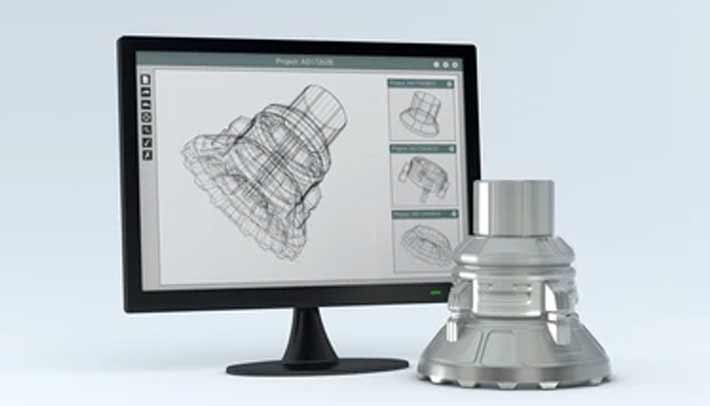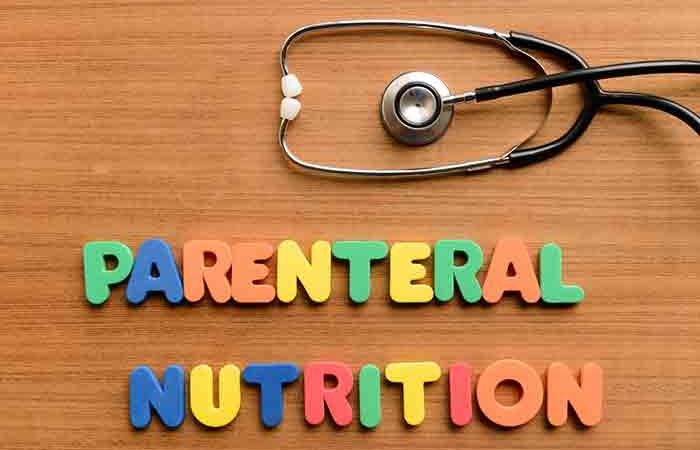Among the various features of good CAD software, the ability to create models is perhaps one of the most important. CAD software allows users to design objects of any shape. It can also be used to edit and manipulate a model before it is printed. There are different versions of CAD software and each one will suit the needs of an experienced user. However, beginner users may find the free version lacking in some key features.
3D Modeling Software That’s Free

The free version of FreeCAD has many tools and features to make drafting and modeling easier. It has a clean interface, is highly customizable, and is compatible with Microsoft Windows, Linux, and Mac. It is a versatile and flexible model-making program that is suitable for mechanical and product designs. Its latest version, 0.19.1, was released on March 20, 2021. The software can be downloaded at no cost from the official website.
Easy-to-Use Design Software
The best thing about FreeCAD is its accessibility. It can be used by users from any discipline. You can use it on any platform, from a laptop to a desktop computer. It supports numerous file formats and is compatible with Microsoft Windows, Linux, and Mac. It is a powerful tool for mechanical, product, and architecture design. It is also free and is open source.
Highly Customizable
FreeCAD is highly customizable. It works on most platforms and is a great tool for the novice to professional designers. You can customize your project with various tools. It even allows you to modify old models. You can also export designs as STL files for 3D printing. The plus version of FreeCAD costs $180. So, if you are a beginner, you can download the free version and try it out to see how it can work for you. Whenever you really need to discover more information on free cad software, you have to click over here at Pick3dprinter site.
Free CAD Program
The main benefit of FreeCad is that it is free and open source. It supports a variety of file formats and can be used for professional purposes. Besides, it is compatible with various operating systems, including Microsoft Windows and Linux. It is not only useful for architectural projects but is also a great tool for mechanical design.
FreeCAD for Professionals

Despite being free, it is not without its limitations. If you plan to use FreeCad for professional purposes, it should allow you to rotate models around the principal axes. Other CAD features should include the ability to use constraints related to other dimensions. Unlike many other CAD programs, this software is completely free and open-source. In addition to its low price, it can be used on a variety of platforms, including Microsoft Windows and Linux.
Conclusion:
FreeCAD is open-source CAD software that is free to download and use. It is suitable for all types of users. Its compatibility with various operating systems means that it is compatible with all major platforms. Although it is primarily designed for mechanical design, it is also suitable for product design and architecture.


























